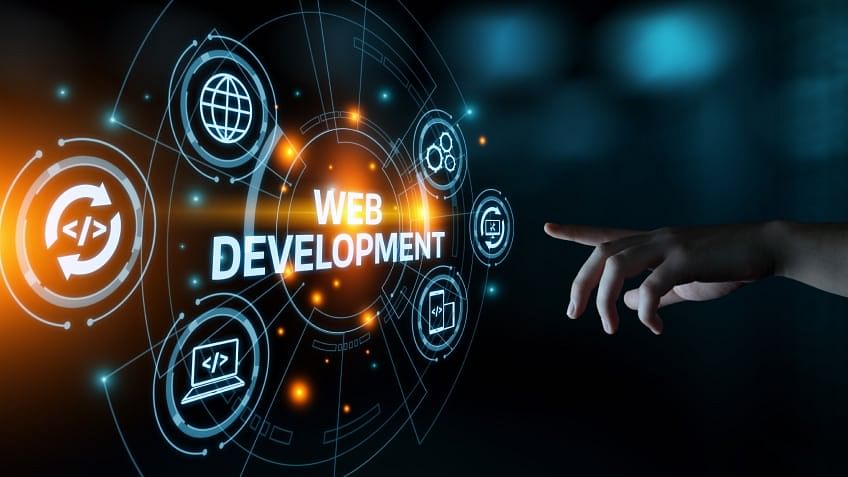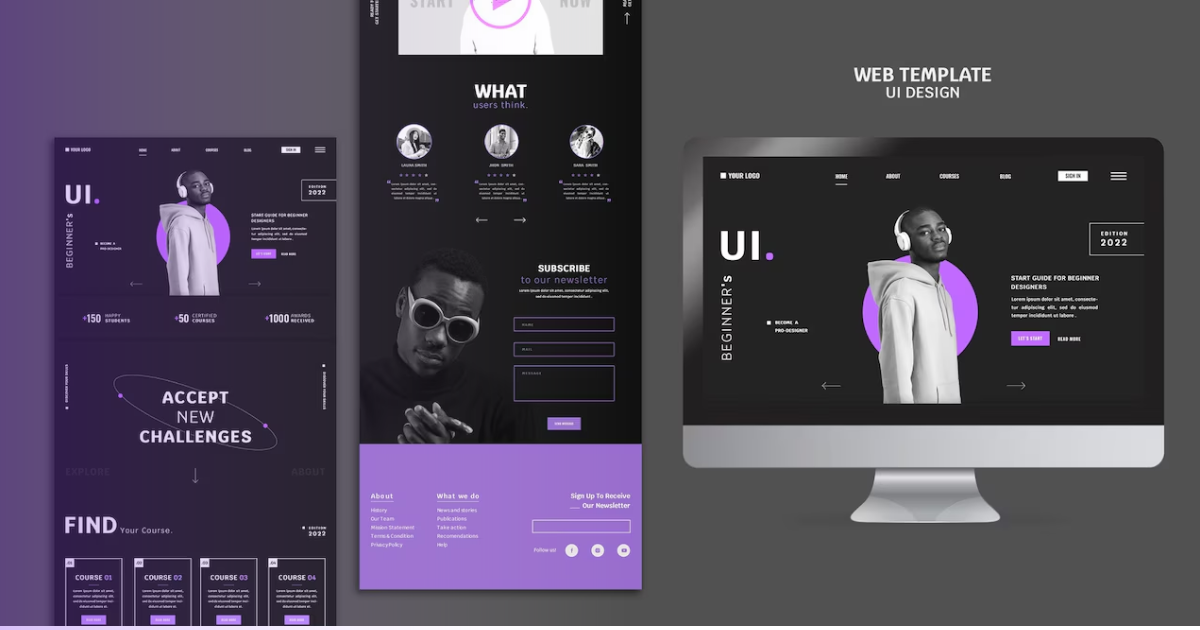The Most Effective Kinds Of Web Style to Improve User Experience and Interaction
In the ever-evolving landscape of electronic communication, the effectiveness of Web layout dramatically influences customer experience and engagement. Various design methods, such as minimalist, responsive, and interactive layouts, each offer unique advantages that can cater to varied customer demands.
Minimal Web Style
As digital landscapes end up being progressively messy, minimalist website design has actually become an effective method to improving user experience. This design viewpoint focuses on simpleness, focusing on vital aspects while eliminating unnecessary disturbances. By making use of adequate white area, straightforward navigating, and a minimal shade palette, minimal layout promotes clarity and routes individual interest to key web content.
The core principle of minimalist Web style is to create a smooth interaction for users. By lowering cognitive tons, users can promptly comprehend info without really feeling overwhelmed. This direct technique not only boosts functionality but additionally encourages involvement, as visitors are more probable to explore a website that is very easy and visually enticing to navigate.
In addition, minimalist style frequently stresses typography and imagery, making use of these elements purposefully to convey messages properly. This concentrate on important parts can improve brand identity and develop a remarkable customer experience. Essentially, minimalist Web design is not just a pattern; it is a thoughtful method that recognizes the relevance of user-centered design. By removing supplementary components, designers can create a much more appealing, reliable, and satisfying Web experience for all customers.
Responsive Web Layout
In today's varied digital environment, responsive Web layout has become essential for producing a smooth user experience throughout a multitude of tools. As individuals accessibility sites on smart devices, tablet computers, desktop computers, and laptop computers, the capability of an internet site to adapt its design and web content to various display sizes and resolutions is vital.
Responsive website design employs flexible grids, images, and CSS media questions to ensure that Web material is provided ideally, no matter the tool utilized. This technique not only enhances the aesthetic allure of an internet site yet also significantly boosts use. Individuals are much more likely to involve with a site that provides a constant experience, as it eliminates the aggravation of needing to zoom in or scroll excessively.
By taking on responsive layout, businesses can improve their exposure and get to a broader target market. In recap, responsive Web layout is an essential technique that enhances individual experience, involvement, and overall fulfillment.
Interactive Website Design
Receptive website design prepares for boosting individual experience, yet interactive Web design takes this a step additionally by involving individuals in an extra vibrant way - Aligned Position Web Design. By integrating components such as computer animations, clickable prototypes, and real-time feedback, interactive website design astounds customers, drawing them into a richer surfing experience
This approach not only fosters interaction however also encourages users to check out content actively instead than passively eating it. Methods such as gamification, where customers earn rewards for finishing jobs, can dramatically boost the time spent on a website and enhance total fulfillment. In addition, interactive attributes can streamline intricate details, making it much more digestible and satisfying.

Incorporating interactive style components can also cause greater conversion prices, as users are more probable to engage with a site that proactively entails them. Aligned Position Web Design. Eventually, interactive website design changes customer experiences into unforgettable trips, ensuring that site visitors return time and once more
Flat Design
Characterized by its minimalistic method, level design emphasizes simplicity and functionality, stripping away unnecessary aspects and concentrating on important features. This style philosophy prioritizes usability, ensuring that customers can navigate interfaces effortlessly and efficiency. By utilizing a clean aesthetic, flat design eliminates the clutter frequently found in more ornate designs, therefore boosting individual concentrate on content and functionality.
The hallmark of level layout exists in its use of bold shades, straightforward typography, and geometric forms. These aspects contribute to a visually appealing user interface that is both contemporary and approachable. Furthermore, flat design fosters a feeling of clearness, enabling users to recognize crucial activities and details without disturbance.
In addition, flat design is specifically reliable in receptive website design, as its simpleness converts well throughout different devices and screen dimensions. The lack of complex structures and gradients minimizes filling times, which is vital for preserving individual engagement. As electronic landscapes remain to progress, flat style remains a pertinent choice for developing easy to use websites that improve overall experience. By concentrating on important attributes, flat style not just satisfies customer needs yet also motivates smooth interaction, making it a crucial component of efficient website design methods.
Flexible Web Design
Adaptive Web design personalizes the individual experience by developing numerous fixed layouts tailored to various display dimensions and tools. Unlike receptive layout, which fluidly adjusts a single layout, adaptive design utilizes unique designs for certain breakpoints, making sure optimum discussion on numerous systems. This technique permits developers to concentrate on the one-of-a-kind characteristics Our site of each tool, enhancing use by delivering precisely what users need based on their context.
Among the primary advantages of adaptive Web design is its capability to enhance tons times and performance. By serving tailored content and images that fit the customer's tool, websites can minimize information use and boost loading rates. This is specifically valuable for customers with slower links or minimal information plans.

In addition, flexible design promotes a much more controlled and constant branding experience. Because developers create several formats, they can guarantee that the aesthetic aspects align with the brand name's identification across different systems - Aligned Position Web Design. This causes a cohesive individual experience, boosting engagement and promoting user retention
Final Thought
Minimalist style promotes clearness and focus, while responsive design ensures adaptability across various gadgets, promoting ease of access. Collectively, these design approaches contribute to the creation of straightforward read settings that not only improve satisfaction but additionally drive greater conversion prices, underscoring their critical relevance in modern Web design approaches.

Minimal design fosters clarity and focus, while responsive style makes sure versatility throughout various tools, advertising ease of access. Collectively, these style approaches contribute to the creation of easy to use atmospheres that not only improve complete satisfaction however likewise drive higher conversion rates, underscoring their crucial significance in contemporary Web layout approaches.
Comments on “Aligned Position Web Design: Crafting Visually Appealing Websites for Modern Businesses”